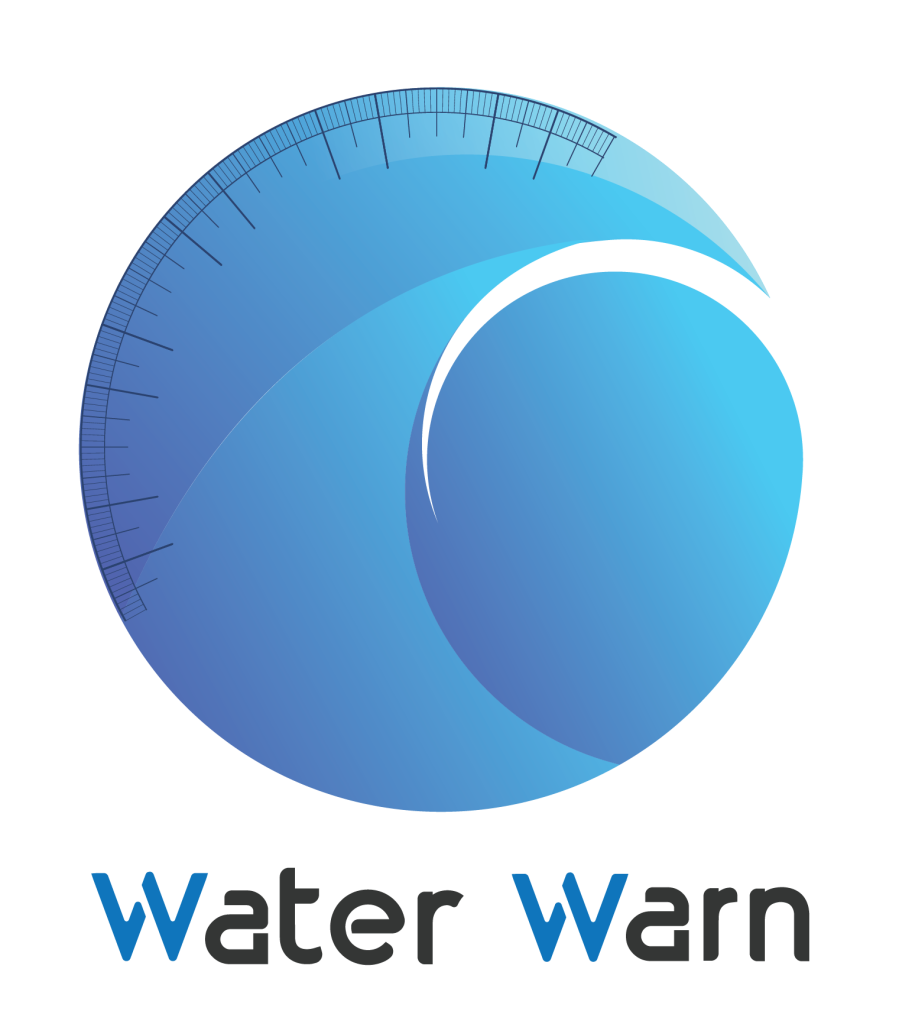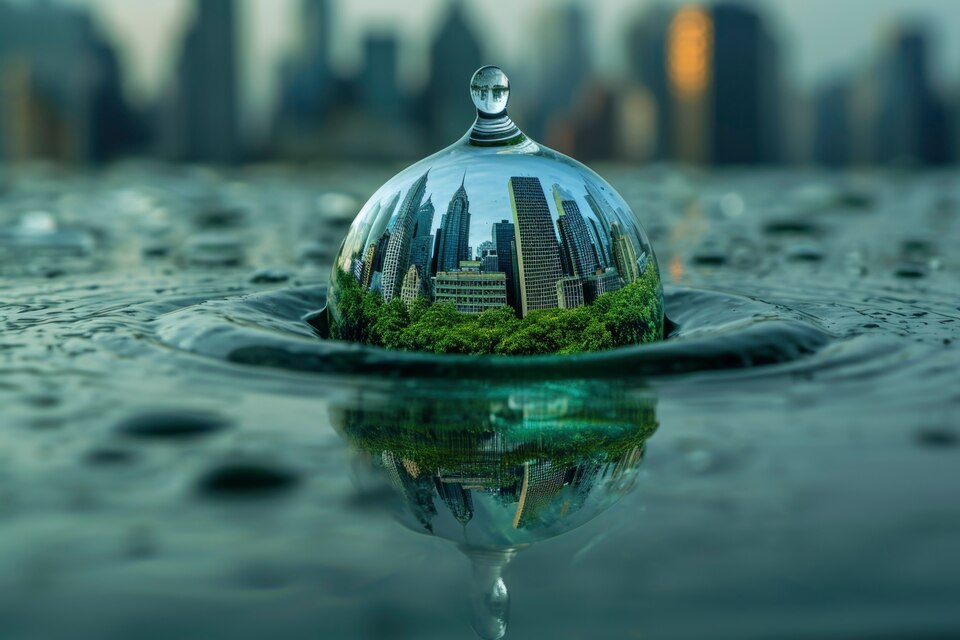Combatting worldwide water scarcity means adopting innovative green building solutions that promote sustainability and conservation of resources. Residential water-saving technology is improving and now allowing homeowners to reduce their water footprint without sacrificing comfort. These environmentally friendly solutions incorporate IoT water usage monitors—smart devices that measure consumption patterns in real time, providing immediate feedback and promoting judicious use of water.
One more creation, the smart shower water monitor, is one prime example that reflects how smart technology can revolutionize home water management. As science keeps stressing the integration of such gadgets at homes, the cumulative effect of these gadgets has a lot to provide in terms of environmental conservation along with saved costs. The blog talks about how such emerging technologies are impacting green homes of tomorrow.
Scientific Foundations of Water-Saving Technology in Homes
Scientific advancements have identified how household water use contributes significantly to urban water consumption. Traditional fixtures often waste water through inefficiency, which can be mitigated with water-saving technology for homes. Devices like aerated faucets, low-flow toilets, and smart water monitors are rooted in principles validated by scientific studies demonstrating how flow reduction, when combined with behavioral nudges, can lead to substantial savings.
More recently, IoT water usage trackers leverage sensor technology to gather precise water flow data, facilitating targeted conservation. These devices use scientific algorithms to analyze water patterns, identify wastage, and suggest behavioral or system adjustments. The integration of such scientifically validated technologies is fundamental to achieving meaningful reductions in household water use, promoting sustainability at the residential level.
How IoT Water Usage Trackers Transform Household Water Management
IoT water usage monitors are transforming water management by providing accurate, real-time data empowering homeowners. Tracking water consumption at granular levels—fixture by fixture, activity by activity—can catch leaks, overconsumption, or wasteful behavior. Homeowners can establish personalized alerts or automate systems based on the information to reduce wastage. During peak usage seasons, these trackers can smart-meter flow or shut off water as per the user’s choice. Studies show that houses with this technology consume less water by 15-30% directly going towards environmental protection and cost saving.
The Smart Shower Water Monitor and Its Impact on Home Sustainability
The smart shower water monitor is an innovative product designed to optimize one of the most water-intensive household activities. Scientific research identifies that showers represent a substantial percentage of domestic water use, thus a significant focus for water saving. The monitors provide immediate feedback, tracking water flow, temperature, and duration, and reporting through smartphone apps or displays.
By alerting users to high flow rates or long shower durations, the device promotes mindful usage of water. Scientific research supports the effectiveness of such devices in reducing shower water consumption by as much as 40% without compromise of comfort. The smart shower water monitor can also be incorporated into home automation systems to set off automatic shut-off of the water or temperature adjustment. Installation of these monitors is consistent with global efforts to introduce water-saving technology for homes and encourage sustainable living.
Implementing Sustainable Solutions in New and Existing Homes
Integrating green building solutions involves both new construction and retrofitting existing homes with efficiency-enhancing technologies. Scientific research demonstrates that early adoption of water-saving measures during design phases yields long-term benefits. Installing water-saving technology for homes like low-flow fixtures, smart monitors, and IoT trackers reduces water waste from the outset.
In existing homes, retrofitting with IoT water usage trackers and smart shower monitors provides immediate benefits—lower bills, reduced environmental impact, and increased awareness. These systems require minimal maintenance and can be tailored to household habits, ensuring maximum efficiency. Studies confirm that neighborhoods equipped with modern water management solutions contribute to city-wide conservation efforts, playing a critical role in achieving sustainable urban growth.
Future Trends in Residence Water Management
In the future, technology points toward fully integrated, AI-powered water conservation ecosystems. The IoT water usage monitor will be embedded systems that combine machine learning algorithms with real-time sensor inputs, providing predictive analytics and automatic adjustments. Green building technologies will incorporate data-driven feedback systems, encouraging families toward optimal water usage habits.
The intelligent shower water monitors and other intelligent devices will seamlessly integrate with home automation and renewable energy systems to create energy- and water-efficient homes. Blockchain adoption for transparent water usage data and advanced leak detection methods will also enhance management efficiency. The scientific consensus is that these innovations will decrease household water footprints by dramatic proportions and play a key part in global sustainability goals, encouraging resilient, sustainable
Conclusion
Green building technology and home water-saving devices are essential tools in the fight against water scarcity and sustainability. The IoT water usage monitor and smart shower water sensor are just a few ways that technological innovation can transform home water management, making it smarter, more responsive, and highly efficient.
Synergistic integration of these technologies aligns with worldwide efforts for reducing water waste, reducing energy use, and promoting environmentally friendly lifestyle. With further improvements in technology, bundling innovative water-conserving solutions into new as well as refurbished dwellings will be essential. Acting now will provide the world’s water resources with sustainable, long-term existence.

